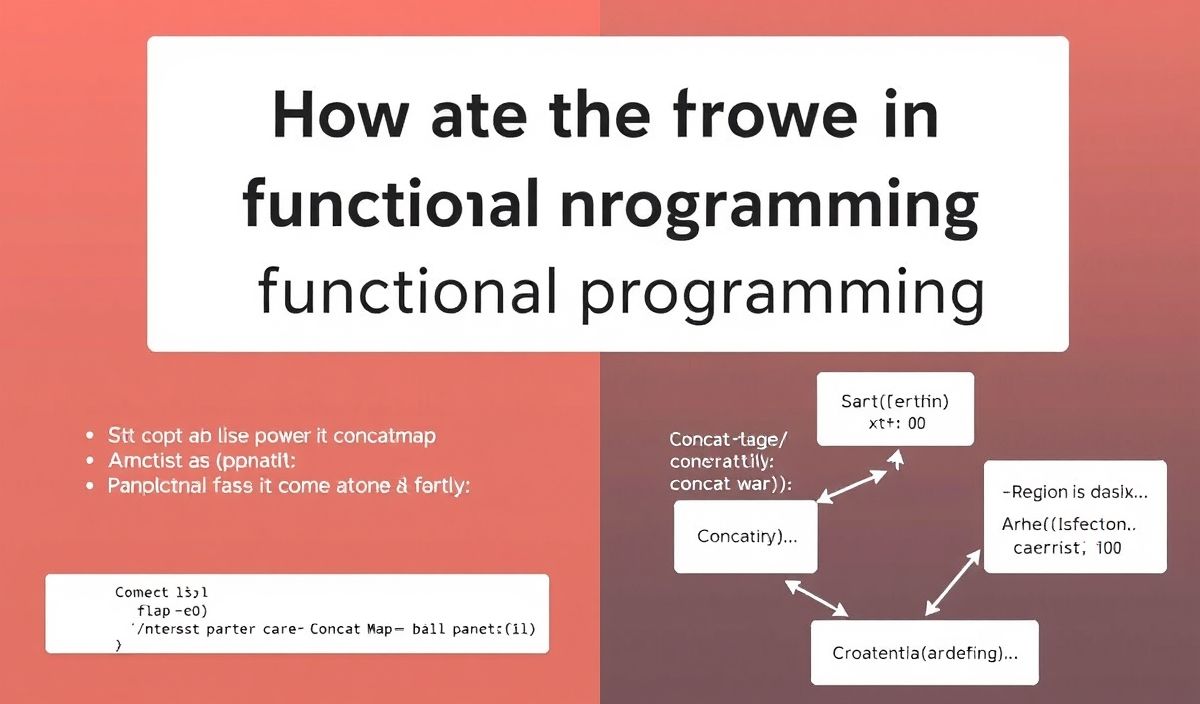Welcome to the Comprehensive Guide to Concat Map
The concat-map function is a powerful tool in functional programming, allowing you to apply a function to a list and then concatenate the results.
API Explanations with Code Snippets
Basic Usage of concat-map
The following example demonstrates the basic usage of concat-map:
const arr = [1, 2, 3]; const result = arr.concatMap(x => [x * 2]); console.log(result); // Output: [2, 4, 6]
Flattening Arrays with concat-map
This example shows how to use concat-map to flatten nested arrays:
const nestedArr = [[1, 2], [3, 4], [5, 6]]; const flattenedArr = nestedArr.concatMap(x => x); console.log(flattenedArr); // Output: [1, 2, 3, 4, 5, 6]
Combining with Other Functions
You can combine concat-map with other functions for more complex operations:
const words = ['hello', 'world'];
const chars = words.concatMap(word => word.split(''));
console.log(chars);
// Output: ['h', 'e', 'l', 'l', 'o', 'w', 'o', 'r', 'l', 'd']
Filtering and Mapping Simultaneously
Filter and map elements in a single step using concat-map:
const numbers = [1, 2, 3, 4, 5]; const evenSquares = numbers.concatMap(n => (n % 2 === 0 ? [n * n] : [])); console.log(evenSquares); // Output: [4, 16]
App Example Using concat-map
Let’s build a small application to demonstrate the use of concat-map in a real-world scenario. The following example extracts unique characters from an array of strings:
const sentences = ['hello world', 'functional programming'];
const uniqueChars = [...new Set(sentences.concatMap(sentence => sentence.split('')))];
console.log(uniqueChars);
// Output: ['h', 'e', 'l', 'o', ' ', 'w', 'r', 'd', 'f', 'u', 'n', 'c', 't', 'i', 'a', 'g', 'p', 'm']
This example demonstrates the power of concat-map and its utility in functional programming, particularly in scenarios requiring data transformation and combination.
Stay tuned for more insights into functional programming!
Hash: 8adf1fe988571fcb0cbd5c782d89f9338961b61aa334934591d4f12c8755f4d8




